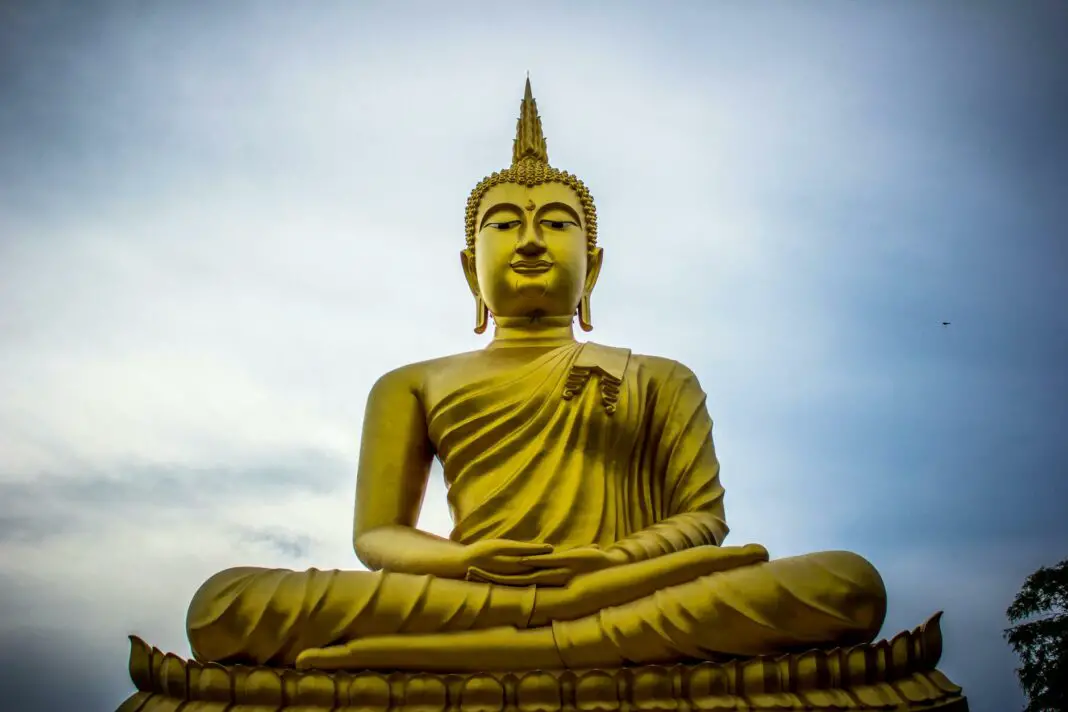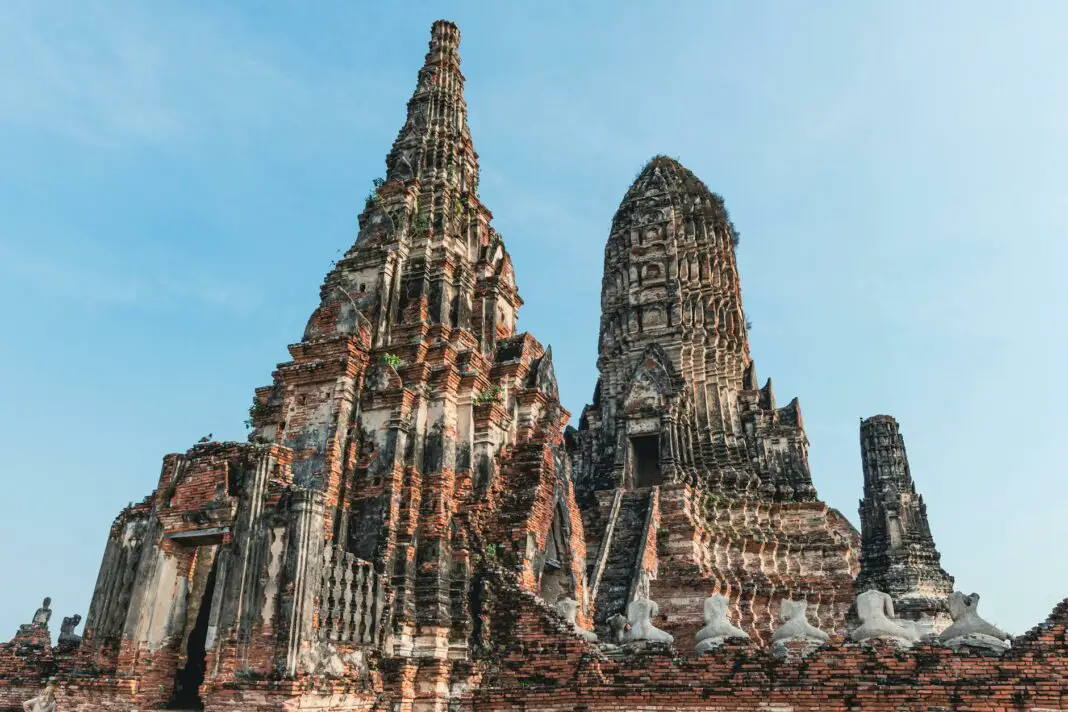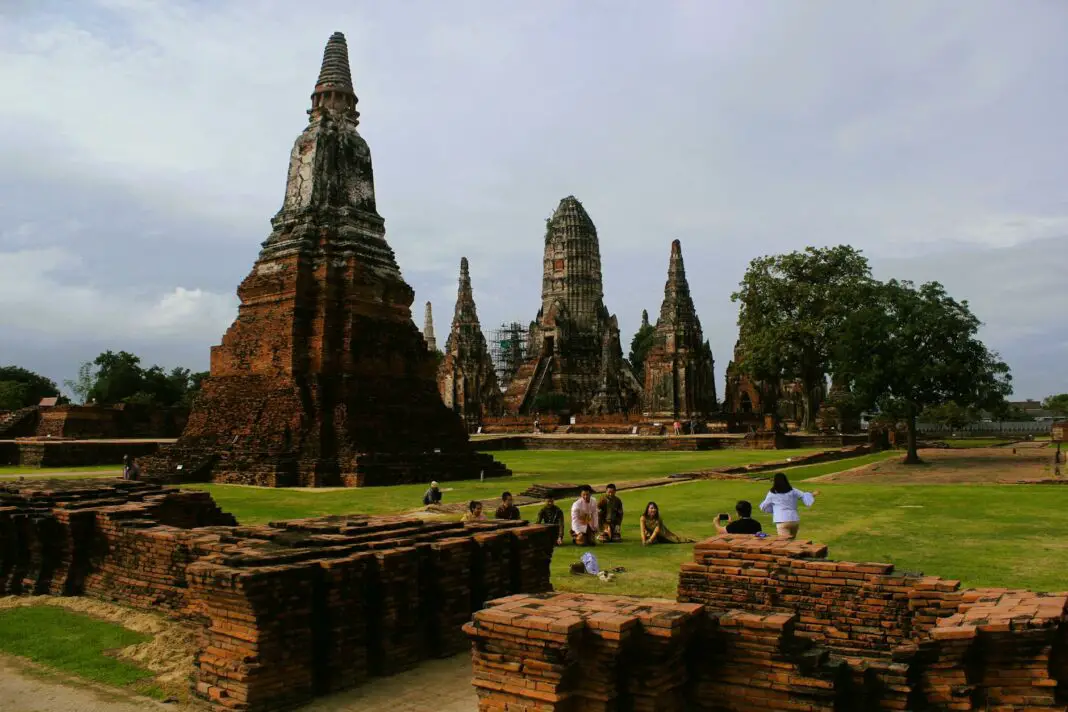Embarking on a trip to Thailand offers more than just breathtaking beaches and delicious street food; it presents a deep dive into a culture rich with tradition, especially the Buddhist practices that shape the daily lives of its people. Beyond the stunning temples and serene ceremonies, one may wonder if Thailand’s Buddhist culture is indeed as captivating as many travelers claim. This blog post aims to unravel this notion, providing insights into the vibrant spiritual landscape, historical significance, and transformative experiences surrounding Buddhism in Thailand.
As you read through, expect to discover the essence of Thailand’s Buddhist culture and why it continues to enthrall visitors from around the globe. We’ll explore key elements, highlight must-visit locations, and offer practical tips to immerse yourself in this profound culture. Let’s begin this exciting journey into the heart of Thailand’s Buddhist heritage!
Table of Contents
- Understanding Buddhism in Thailand
- Key Elements of Thai Buddhist Culture
- Must-Visit Temples for Every Traveler
- Immersive Experiences to Engage with Buddhism
- Cultural Significance in Everyday Life
- Tips for Visiting Thailand’s Temples
- Final Thoughts on Thailand’s Captivating Culture
Understanding Buddhism in Thailand
Buddhism has flourished in Thailand for centuries, establishing itself as more than just a religion—it’s a way of life that permeates nearly every aspect of Thai society. The country’s dominant Buddhist tradition is Theravada Buddhism, which emphasizes wisdom through teachings and meditation. Today, over 90 percent of the population identifies as Buddhist, creating a deep-rooted spiritual landscape that travelers cannot help but feel drawn to. This prevalence is evident in a daily ritual practice where locals offer food to monks, reflecting the community spirit and reverence for the monastic lifestyle.
Moreover, Buddhism in Thailand is not confined to the temple walls; it plays a pivotal role in the nation’s festivals, ceremonies, and even politics. For instance, major events such as Songkran, the Thai New Year, combine cultural celebration with Buddhist practices, allowing both locals and tourists to engage in this vibrant display of faith and tradition. This rich tapestry of daily life offers visitors a chance to not only observe but to participate in the profound spiritual experiences that define Thailand’s captivating character.
Key Elements of Thai Buddhist Culture
Several key elements embody the richness of Thai Buddhist culture, primarily the emphasis on mindfulness, compassion, and community. Mindfulness, or the practice of maintaining a present awareness of thoughts, feelings, and surroundings, is deeply rooted in meditation practices found in Thai temples. Visitors often find tranquility while partaking in these rituals, leading to a better understanding of themselves and their connection to the surrounding spiritual environment. Moreover, compassion, which breeds a sense of connection among individuals, reinforces the importance of kindness in every interaction.
The sense of community is also an integral part of Buddhist culture in Thailand. Festivals such as Loy Krathong, where people float illuminated baskets on water, highlight collective participation in cultural practices that honor the Buddha and nature. This beautiful celebration serves not just as an artistic expression but as a way for individuals to come together in harmony, making it an essential experience for travelers looking to delve deeper into Thai culture.
Must-Visit Temples for Every Traveler
When visiting Thailand, several temples stand out as must-visit locations that capture the essence of its Buddhist culture. Wat Pho in Bangkok, home to the majestic Reclining Buddha, is a testimony to the country’s artistic heritage and spiritual devotion. The serene atmosphere encourages contemplation, making it a perfect spot to marvel at intricate architecture while embracing the tranquility that fills the air.
Another stunning site is Wat Arun, also in Bangkok, renowned for its striking spires and picturesque views of the Chao Phraya River. As the sun sets, the temple glows beautifully, captivating visitors and offering countless opportunities for stunning photographs. Heading north, you will find Chiang Mai’s Wat Phra That Doi Suthep, a spiritual sanctuary perched atop a mountain, where both locals and tourists ascend to witness the breathtaking views and partake in meaningful rituals. Each of these temples presents a unique aspect of Thailand’s Buddhist heritage, ensuring that visitors leave with unforgettable memories.
Immersive Experiences to Engage with Buddhism
Embracing the Buddhist culture in Thailand extends beyond mere observation; travelers can engage in various immersive experiences. Meditation retreats abound in places like Chiang Mai and Koh Samui, where participants can learn mindfulness techniques and meditation practices directly from monks. These retreats offer a peaceful escape from the hustle and bustle, allowing individuals to unwind and reconnect with their inner selves.
Additionally, participating in a monk chat, often organized at local temples, provides a unique opportunity to converse with monks and gain insights into their daily lives, beliefs, and the significance of Buddhist teachings. This interaction proves invaluable, as it fosters understanding and respect for a way of life often shrouded in mystery. Ultimately, these experiences create a lasting impact that enhances visitors’ appreciation of the captivating Buddhist culture in Thailand.
Cultural Significance in Everyday Life
Buddhism intricately weaves itself into the fabric of daily life in Thailand, influencing everything from architecture to festivals. Daily practices like the morning almsgiving ritual provide insight into the strong ties between the community and the monastic community, strengthening the social bonds that characterize Thai society. Moreover, numerous public holidays rooted in Buddhist teachings act as catalysts for cultural celebration and reflection, where locals come together to honor their beliefs.
<pThe significance of Buddhist imagery, found throughout the country—from roadside shrines to grand temples—serves as constant reminders of the spiritual ideals cherished by the Thai people. This architectural and cultural richness reveals a landscape that thrives on respect for history and the teachings of the Buddha. As visitors traverse these sacred spaces, they gain a profound appreciation for the harmony that exists between religion and daily life, making every moment spent in Thailand truly transformative.
Tips for Visiting Thailand’s Temples
For travelers eager to experience Thailand’s Buddhist culture, knowing a few key tips will enhance your journey. Before visiting any temple, it’s essential to dress modestly; covering shoulders and knees is a sign of respect when entering sacred spaces. Many temples provide sarongs or shawls, but bringing your own is advisable to ensure comfort throughout your visit.
Additionally, adopting a respectful demeanor is vital—speak quietly, remove your shoes before entering, and refrain from touching sacred objects, especially statues of Buddha. Learning a few Thai phrases such as “sawadee krub/kah” (hello) can also enrich interactions with locals. Finally, participating in local customs, like offering alms to monks, allows you to engage meaningfully with the culture while deepening your appreciation for its profound spirituality. With these thoughtful approaches, your exploration of Thailand’s Buddhist culture will surely be rewarding.
Embrace the Beauty of Buddhism in Thailand
If you possess an adventurous spirit and an openness to new experiences, a journey into Thailand’s Buddhist culture will undoubtedly be unforgettable. The combination of stunning temples, compassionate communities, and rich traditions coalesce to create a captivating atmosphere that invites deeper exploration. Engaging with the local customs and traditions will not only enhance your understanding of Buddhism but also offer transformative insights and connections that can last a lifetime.
Visiting Thailand provides immense opportunities for reflection and personal growth. As the serene melodies of temple bells resonate, allowing yourself to be enveloped in the country’s captivating culture will surely reward you with lasting memories and a deeper appreciation for the beauty of life itself.
FAQ
- Is it necessary to be Buddhist to visit temples in Thailand? No, anyone is welcome to visit temples, but being respectful of the customs and practices is essential.
- Do the temples charge an entrance fee? Most temples do have a small entrance fee, which helps with maintenance and preservation.
- What is the best time to visit Buddhist temples in Thailand? Early mornings or late afternoons are generally preferred due to cooler temperatures and fewer crowds.
- Can tourists interact with monks in Thailand? Yes, many temples hold monk chat sessions where visitors can engage and learn about Buddhist practices.
Image Credit: Pexels





